Here are the latest market charts and analysis for today. Check them out and know what’s happening in the market today.
EURCAD
The jumped high in the previous session, rising greatly above the 50-day moving average and creeping closer to the 200-day MA, which could serve as a resistance level for the pair to correct its price. The euro is affected by the news the Purchasing Managers Index (PMI) in the eurozone manufacturing sector last month grew from the December level of 46.3 to 47.9 points, reaching its zenith in April 2019. The reading has fallen below 50 points, indicating contractionary activity, for 12 months in a row. Germany’s manufacturing PMI last month increased from 43.7 to 45.3 points, which is the highest level in 11 months. In France, the manufacturing PMI for January rose 50.4 to 51.1 points. Meanwhile, the Canadian dollar weakened further as evidence showed that the coronavirus outbreak is cutting demands for oil, which is one of Canada’s major exports. The virus outbreak has hit fuel demand in China, which is the biggest crude oil importer.
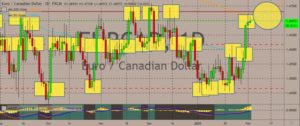
NZDJPY
The kiwi is gaining slightly against the Japanese yen in recent sessions, although the upside movements are limited as the New Zealand dollar faced tough pressure from the worries over the Wuhan coronavirus outbreak. At the same time, market watchers are worrying about the economic impact of the measures used to counter the spread of the virus. New Zealand’s government has banned the entry of foreign nationals travelling through and from China, as well as local businesses including logging companies. Other exporters are also reporting disruptions when it comes to their trade with China. Last week, the Reserve Bank of New Zealand said it was keeping close tabs on coronavirus’ impact. Although the New Zealand dollar is still moving up, markets can expect the movements to be capped by the prevailing risk-off sentiment around the world as countries try to fight and prevent the further spread of the Novel Coronavirus.
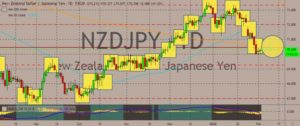
USDHKD
The pair has been trading within record lows, with the dollar giving way to the Hong Kong dollar very much. The 50-day moving average also indicates further downside trajectory. Over in Hong Kong, the economy’ first recession in ten years deepened in the fourth quarter of last year, pressured by the enthusiastic anti-government protests as well as the US-China trade war, according to advanced estimates. The estimate came out as Hong Kongers started the Chinese New Year with another crisis—in the form of a deadly new coronavirus strain, which started in mainland China, adding to Hong Kong’s economic troubles. The Hong Kong government said on Monday that the city’s economic outlook is “subject to high uncertainties,” including global economy, trade, and the protests. Still, it’s still unclear how dramatic and enduring the effects of the coronavirus will be on the city’s economy.
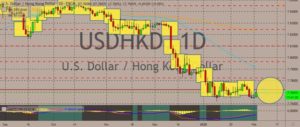
USDSGD
Meanwhile, the Singaporean dollar is weakening drastically against the US dollar, with the price rising above both the 50-day and 200-day moving averages. Singapore has also been hit by severe worries that a virus outbreak. Central banks around Asia are facing calls to cut interest rates in order to curb the economic side effects of the measures taken against the Novel Coronavirus. Singaporean authorities are getting ready for an economic damage that may be worse than the SARS 2003 outbreak. The government has already halted travel from China, where around 20% of the city-state’s foreign visitors come from. the Members of Parliament lauded the government’s response to the virus situation in the city state, although some of them raised concerns about the further community spread of the virus, economic impact, and the availability of healthcare resources. Key ministers said every Singaporean will play their part to contain any outbreak.
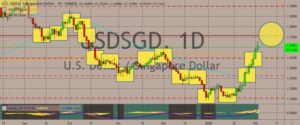


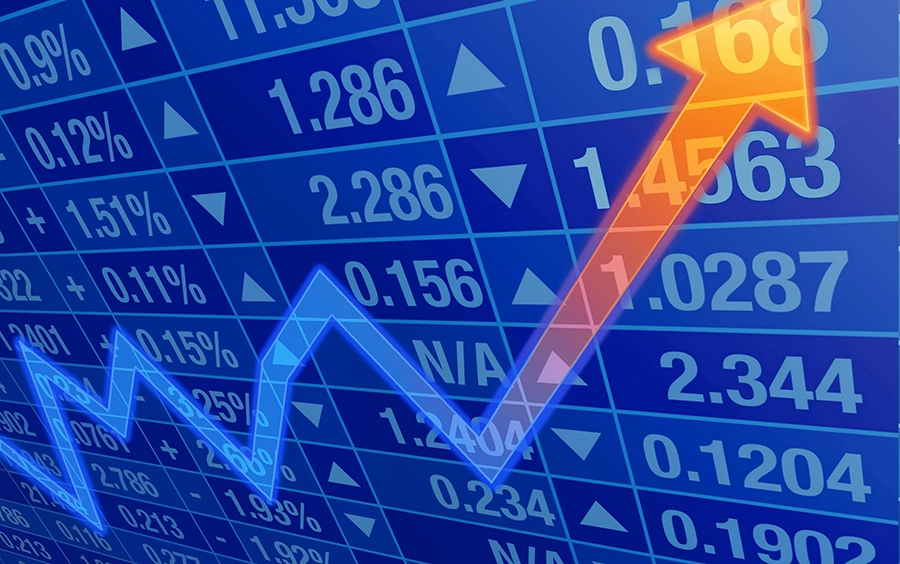






COMMENTS